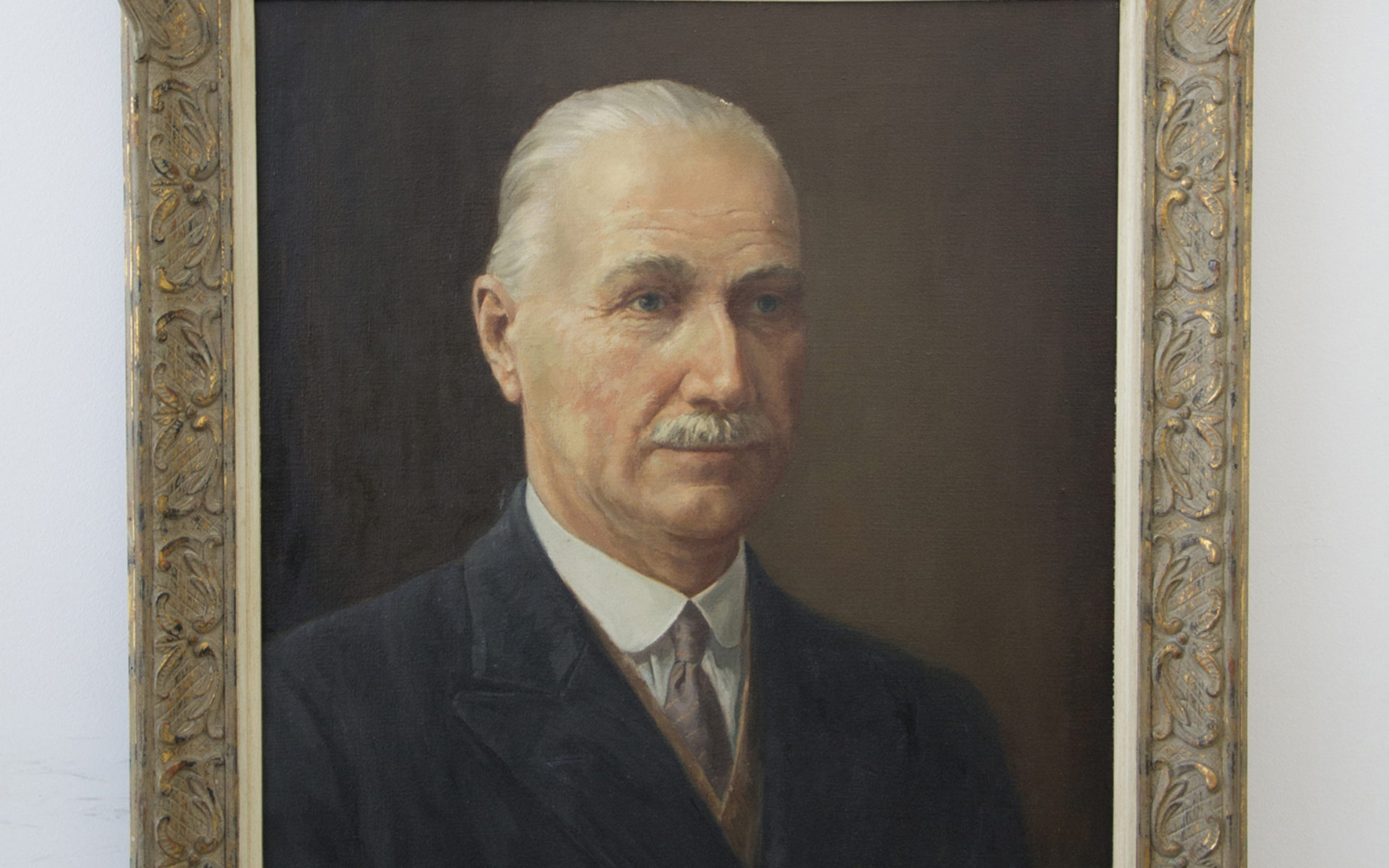Short stories about Daniel Eric Bergqvist
In a company more than a hundred years old like Caima, there are many stories, the type of prose that does not narrate historic facts or provide an economic, political, social or cultural interpretation in the time and space that today we call History and is increasingly given a scientific nature.
These brief texts were recorded by people who tried to collect documentation, and find themselves on the fringes of seriousness, who are able to impart the anecdotal or humorous, even embarrassing, character of situations that fill our daily lives. In this short note we will recount four of the oldest stories at Caima, when there was still only one factory, Fábrica de Pasta de Papel do Carvalhal, beside the Caima River, a tributary of the Vouga River, and which lended Caima its name. The stories take place during the same period as the company The Caima Estate Timber & Wood Pulp, C.º, which operated between 1888-1921 and whose headquarters were located in London.
The first story concerns the isolation of the Fábrica de Pasta in the Caima valley, in a country that still lacked a domestic market, when Daniel Bergqvist (1873-1970) was sent to Portugal by Karl Daniel Eckman (1845-1904), the inventor of pulp production using the sulphite process. The handwritten register of Caima’s 100th anniversary, dated 1988 and stored at the Albergaria-a-Velha Municipal Archive, states that Bergqvist “found his superior, Latimer Atkinson, in a bad temper for lack of cigarettes. Bergqvist, who at the time only smoked a pipe, quickly remedied the situation by chopping up his pipe tobacco and rolling his own cigarettes in wrappers, to Atkinson’s great joy”.
This version of how Bergqvist started smoking cigarettes with pipe tobacco isn’t the only one. In another version found among the personal papers of Sophia Bergqvist, one of Daniel’s descendents, the protagonist of the tale is the director William Cruickshank (1828-1892) and not Edward Latimer Atkinson (18..-1926), the director who replaced him. Curiously, this difference changes the meaning of the story, since Cruickshank was much harder to work with than Latimer because of his temper, and Daniel came to Portugal to improve the pulp production process, which Cruickshank had been unable to accomplish in the first two years. Nonetheless, if the encounter was with this first managing director, Daniel would have been only 18 or 19 years old, which is unlikely.
The story is also told of a “certain occasion”, when Daniel Bergqvist arrived “at the Estarreja station on horseback to catch the morning train to Porto”, and found “the station chief, in gala attire, with a frockcoat and top hat. Bergqvist congratulated the station chief on the train’s punctuality”, which at the time was very uncommon. To which the station chief replied: “Alas Sir, it’s yesterday’s train.”
Another amusing anecdote regards the roads at the beginning of the 20th century, which were very poor. “The preferred mode of transport for short trips and local travel was on horseback. To travel more comfortably, Daniel Bergqvist invested in a chain driven Sunbeam motorcycle with a sidecar. Pleased with its dependability, the only problem was that the chain would slip in rainy weather and he recounted how, one time, after spending the night at an inn, mice chewed through the leather transmission belt.”
The final story is taken from Sophia Bergqvist’s papers: “Pink Pulp. In June 1919 a consignment of pulp arrived in London a delicate shade of pink and was refused by the client. On investigation it was found that the pulp had been used as drainage and seeping port casks had done the rest.”


